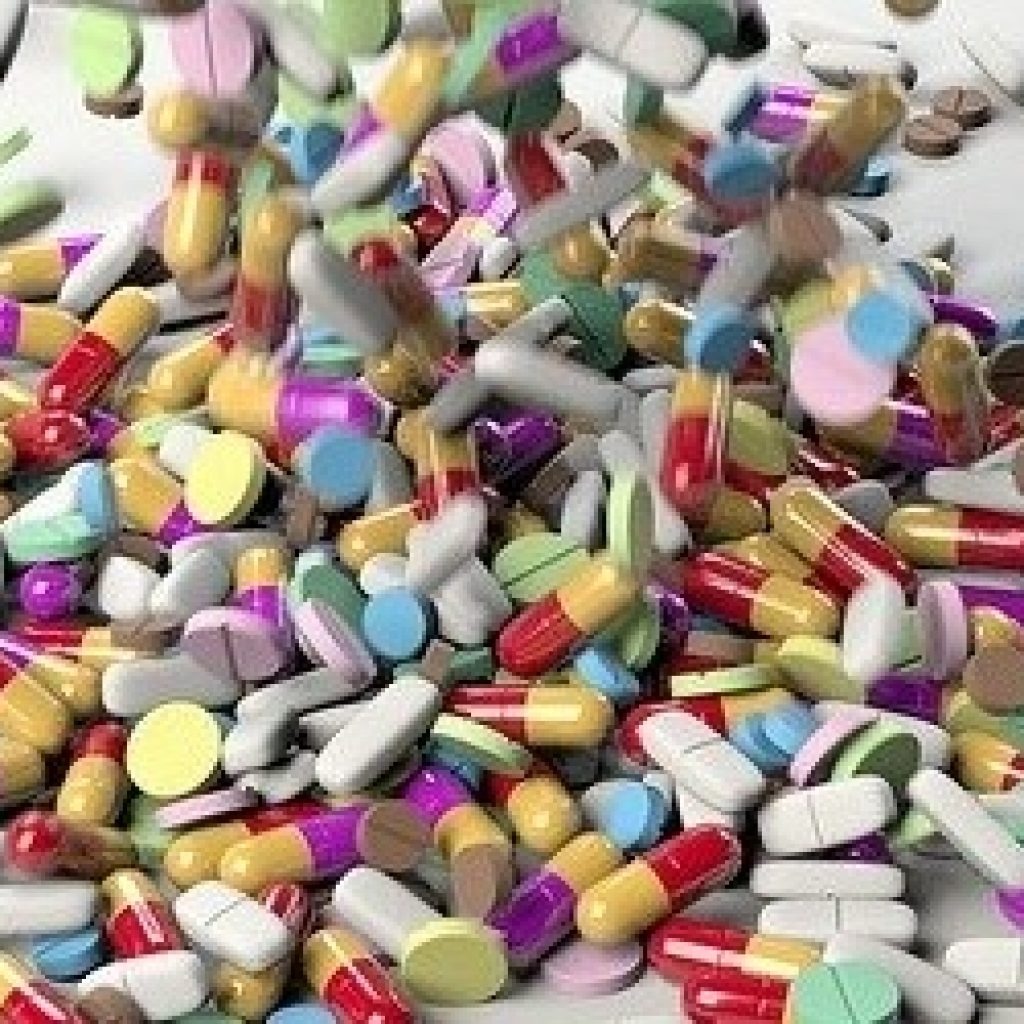(Chemical&EngineeringNews) The heads of digital research technology at the top drug companies are focusing on something so cutting edge that it isn’t even there yet—quantum computing in drug discovery.
Drug company researchers foresee a major role for quantum computing in reducing time and improving results for in silico drug discovery—the growing practice of looking for new molecules with computers rather than test tubes. Research information technology heads are eager to advance as far as possible in precompetitive joint efforts so they can be ready as soon as quantum computing gains traction in the pharmaceutical research lab.
The primary challenge to implementing a scalable quantum computing system—one that can handle parallel runs of computation on increasingly complex problems—is identifying how such a system will fit into the rhythm of the lab.
“For most problems in computational chemistry for drug development, classical computing is sufficient,” said Emil Roachk medical doctor by training who studied engineering and worked as a consultant to the drug industry at McKinsey & Company before joining Takeda Pharmaceutical as the head of emerging technology last year. “There are situations where there are limitations. What we haven’t been able to do now as an industry is pinpoint among those computationally limited problems which ones are amenable to resolution by quantum computing.”
Another challenge is translating chemistry problems into quantum computational problems. And labs lack proven hardware and software for a system that would demonstrate the benefits of the technique. Finally, there is the problem of who will do any of this work.
Biogen, which partnered with the quantum computing software supplier 1QBit and the consulting firm Accenture to develop a quantum-enabled molecular comparison tool.
The project began with work Accenture was doing with 1QBit to identify drug discovery uses for a graph-based optimization algorithm under development at the software firm. The two approached Biogen, an Accenture client, with a proposal to use the technique to review molecule matches, predict positive therapeutic effects, and assess side effects in early-stage discovery.
Quantum Computing in Drug Discovery
